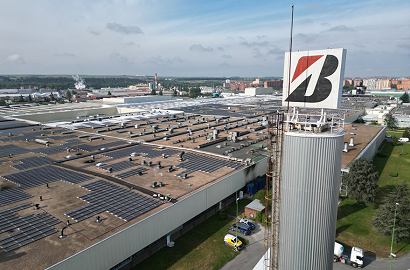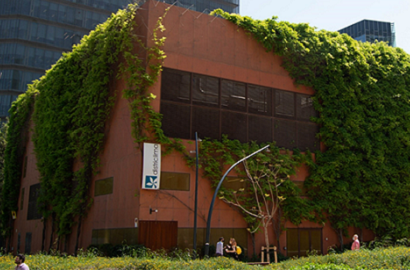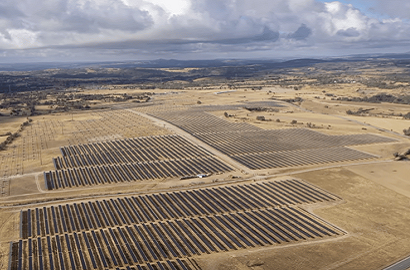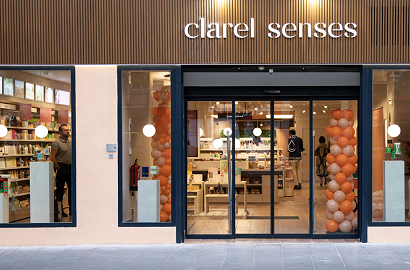Bridgestone announces its largest investment in history in Spain

The company has earmarked 207 million euros to reinforce the technological capacities of its Burgos plant
Tyre and sustainable mobility solutions manufacturer Bridgestone will invest 207 million euros in its Burgos factory to improve its technological capacity and the sustainability of the facilities. This is the largest investment made by the Japanese multinational in Spain and, at the same time, one of the largest it has announced in Europe to date.
The project will begin this year and will last until 2030, with the implementation of a series of technological innovation plans that will, among other advantages, allow an increase in productivity of around 20% compared to the current figure. The company will thereby be able to meet the demand for premium and state-of-the-art tyres, with the production of premium large diameter tyres (HRD) being boosted.
Flexibility in production
The modernisation project for the Burgos plant is based on three pillars. Firstly, automation will facilitate an increase in productivity. The second will be an increase in vulcanisation capacity and, finally, the creation of an automated high-bay warehouse is planned. This will allow a larger stock to be stored and more flexibility in production.
The Burgos plant is one of Bridgestone's largest passenger car tyre production facilities in the world. The investment announced will increase its HRD tyre production capacity by 75% to seven million premium tyres per year. Van tyre production will in addition grow, making the plant one of the group's leading plants in Europe in this segment as well.
Long-term employment
At the same time, the strategy associated with Bridgestone's investment plan provides a long-term employment perspective at the Burgos plant, thanks to the company’s commitment to a higher-value product. As Bridgestone West Chief Technology Officer Emilio Tiberio explained, “This major investment aims to strengthen our premium tyre business by increasing our productivity, logistics autonomy and tyre supply in the high-value segments”.
The investment in the plant in Castile and León includes a commitment to make its operations increasingly smart and sustainable, thereby reducing its impact on the environment. The aim is to reduce annual carbon dioxide emissions by around 410 tonnes. The factory already has a solar roof made up of over 20,000 panels that were recently installed and occupy the space equivalent to five football fields. Its power output of 9.2 megawatts peak is enough to meet between 10% and 14% of its electrical energy needs, and can reach 100% at peak sunshine on the sunniest days.
Photo: Bridgestone




